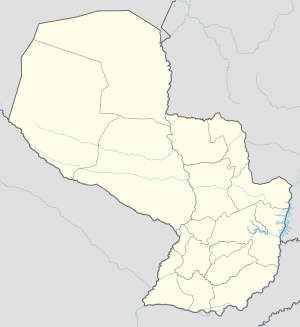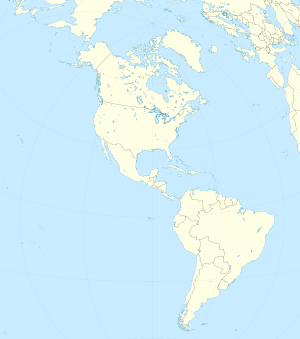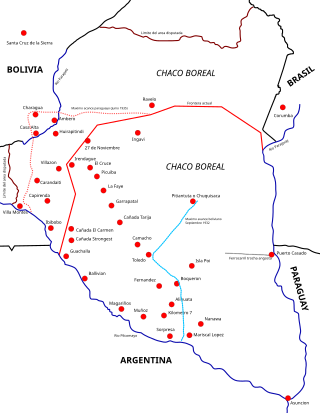
The Chaco War was fought from 1932 to 1935 between Bolivia and Paraguay, over the control of the northern part of the Gran Chaco region of South America, which was thought to be rich in oil. The war is also referred to as La Guerra de la Sed in literary circles since it was fought in the semi-arid Chaco. The bloodiest interstate military conflict fought in South America in the 20th century, it was fought between two of its poorest countries, both of which had lost territory to neighbours in 19th-century wars.
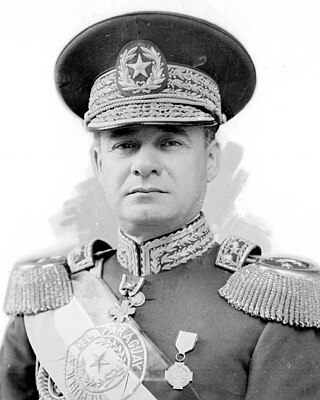
José Félix Estigarribia Insaurralde was a Paraguayan military officer and politician who served as the 34th President of Paraguay from 1939 until his death in a plane crash on September 7, 1940. He is most remembered for his previous role as commander in chief of the Paraguayan Army during the Chaco War, which resulted in an upset victory for Paraguay.
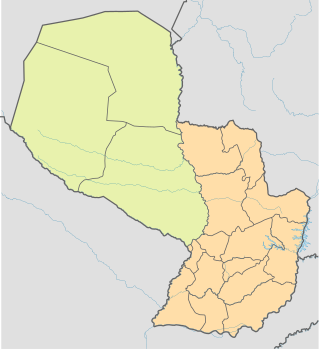
The Paraguayan Chaco or Región Occidental is a semi-arid region in Paraguay, with a very low population density. The area is being rapidly deforested. Consisting of more than 60% of Paraguay's land area, but with less than 3% of the population, the Chaco is one of the most sparsely inhabited areas in South America.

Rafael de la Cruz Franco Ojeda was a Paraguayan military officer, politician and statesman who served as President of Paraguay after the February Revolution, from February 20, 1936 to August 13, 1937. He was the historical leader and founder of the National Revolutionary Party.

Carlos Quintanilla Quiroga was a Bolivian general who served as the 37th president of Bolivia on a provisional basis from 1939 to 1940. Quintanilla saw action in the initial stages of the Chaco War (1932–1935) and managed to ascend the echelon of the Bolivian armed forces until he became commander of the army during the administration of Germán Busch. When President Busch committed suicide on 23 August 1939, Quintanilla declared himself Provisional President of the Republic.

Enrique Peñaranda del Castillo was a Bolivian general who served as the 38th president of Bolivia from 1940 until his overthrow in 1943. He previously served as commander-in-chief of the country's armed forces during the second half of the Chaco War (1932–1935).
The Colonel Luis Irrazábal Barboza was born in Encarnación, in Itapúa Department, Paraguay, on August 8, 1891, and died on March 16, 1958, in Asunción, capital of Paraguay.
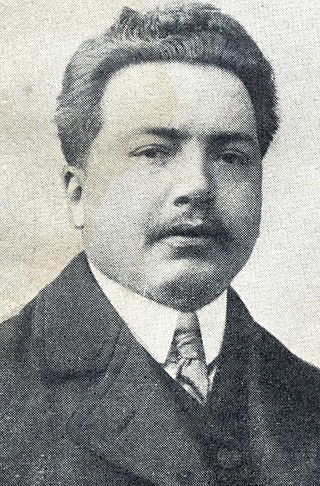
Fulgencio R. Moreno was a Paraguayan journalist, financial expert, statesman and one of the most serious researchers of the Paraguayan history.
The Chaco War was the first major Latin American conflict in which aircraft were used. This aerial war carried a large human and materiel cost. At that time, Bolivia possessed one of the greatest aerial forces in the region, however this fact did not prevent its final defeat. Bolivia lacked the expertise to utilise its aerial forces, and was thus unable to maximise its use of military aviation. Paraguay had a small number of pilots and technicians, all veterans of the revolution of 1922. The 1922 revolution was a brief civil war in which the government and the rebels used aircraft in the operations, and José Félix Estigarribia could be considered an innovator in the military use of aircraft on the continent.
The Chaco War (1932–35), between Bolivia and Paraguay, was the first South American conflict in which tanks were employed. They originated exclusively from Bolivia, but Paraguay operated tanks captured from Bolivia during the war.
The battle of the Campo Vía pocket was a decisive engagement of the Chaco War between Paraguay and Bolivia which took place in December 1933. It was one of the most prominent battles of the Chaco War. Lt Col José Félix Estigarribia, with a massive force of several divisions of the Paraguayan Army, was able to surround two Bolivian divisions around the outpost of Alihuatá. The encircled troops were forced to capitulate due to lack of supplies on 11 December. Up to 2,000 Bolivian soldiers were killed and 7,000 captured. Barely 900 Bolivian troops escaped, led by Colonel Germán Bush. Subsequently, the Paraguayan troops expelled the Bolivian army from the eastern region of Chaco by the end of 1933, forcing the resignation of German General Hans Kundt from the Bolivian High Command.

The Battle of Campo Grande was a major engagement during the Chaco War, in the southern region of the Chaco Boreal. During this battle, the Paraguayan Army successfully encircled two Bolivian regiments defending two of the three flanks of Fort Alihuatá, forcing them to surrender.

The Battle of Kilometer 7 was a series of clashes during the Chaco War between Bolivian and Paraguayan forces from 7 November 1932 to February 1933, and ended with a Paraguayan retreat to the northeast towards Gondra, later to be the site of the Battle of Campo Jordán. The Paraguayan initiative, which had belonged to the Paraguayans since the beginning of the siege of Boquerón passed to the Bolivian army until the Second Battle of Nanawa in July.

The Second Battle of Nanawa was fought from the 4 to 9 July 1933, between the Bolivian and Paraguayan armies during the Chaco War. It was one of the bloodiest battles fought in South America in the 20th century, coming to be labeled as the "South American Verdun" by comparison with the Battle of Verdun of World War I.
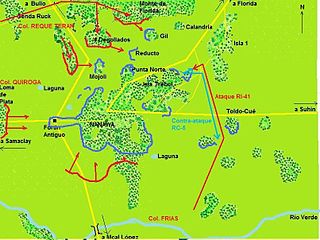
The First Battle of Nanawa was fought from 20 to 26 January 1933 between the Bolivian and Paraguayan armies during the Chaco War. Nanawa, established by the Paraguayans in 1928, was considered the strongest Paraguayan outpost after it was heavily fortified by the end of 1932 under directives of Ivan Belaieff and Nicolas Ern, two White Russian former officers who joined the Paraguayan army in the 1920s. Zig-zag trenches, barbed wire and machine gun nests were built by the garrison around a horseshoe-shaped defence. Nanawa's commander, Col. Luis Irrazábal, summoned under his command four regiments and several minor units which made up the Paraguayan fifth division. The commander-in-chief of the Bolivian army, German World War I veteran Hans Kundt, commanded the Bolivian assault personally in place. The Bolivian army launched three attacks that stalled after seizing some parts of the stronghold. After this failure, the Bolivian troops attempted to dig a trench around the Nanawa complex to isolate it but were met by Paraguayan reinforcements. Heavy rains forced the Bolivians to abandon what they had captured of the complex and the Paraguayans soon recovered these positions.
Below is the timeline of Paraguayan history.

The Paraguayan Civil War (1922), took place between 27 May 1922 and 10 July 1923, within the borders of Paraguay. It started when supporters of candidate Adolfo Chirife attempted to forcefully restore the implementation of presidential elections canceled by President Eusebio Ayala. Chirife represented the so-called Constitutionalist or Schaererist side ideologically supporting liberal politician Eduardo Schaerer, while troops under Ayala were named Loyalists or Gondrists ideologically pledging allegiance to former President Manuel Gondra. The conflict concluded when Gondrist forces defeated the remnants of the Schaererist army in Asunción.

The February Revolution in Paraguay was a military coup d'état on February 17, 1936, that brought to power colonel Rafael Franco. The revolution marked the end of Liberal Party rule in Paraguay and started the ascendancy of military dictatorships that lasted for more than half a century.

La Redención is a Paraguayan road movie and historical drama partially set in the Chaco War. This is the second film of director Hérib Godoy after Latas vacías (2014).
The First Battle of Alihuatá was a battle of the Chaco War between Bolivia and Paraguay, it took place between March 10 to 13 of 1933 and culminated in the occupation of the Alihuatá fort by the Bolivian army and the withdrawal of the small Paraguayan unit that defended it, allowing the Bolivian 9th Division to cut the supply route from Arce to the Paraguayan 1st Division that was fighting in the area of "Kilometer 7" and Campo Jordán south of Alihuatá.
